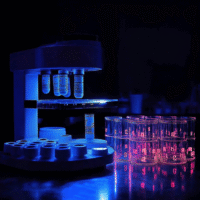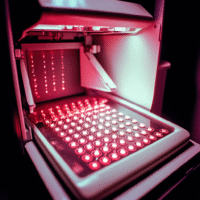Understanding the Study Results
This study looked at a new imaging technique called Linked Color Imaging (LCI) to see if it could help doctors find more polyps during colonoscopies compared to the standard method, which uses white-light imaging (WLI). Polyps are growths in the colon that can sometimes lead to cancer if not found and removed.
What Worked?
- LCI helped doctors find fewer missed polyps compared to WLI, especially in certain areas of the colon.
- For small polyps (less than 5 mm), LCI found more adenomas (a type of polyp) than WLI.
What Didn’t Work?
- While LCI was better at finding polyps, the study did not mention any downsides to using LCI over WLI.
How Does This Help Patients and Clinics?
- Using LCI can lead to earlier detection of polyps, which can help prevent colorectal cancer.
- Clinics can improve their polyp detection rates, leading to better patient outcomes.
Real-World Opportunities
- Hospitals can start using LCI in their colonoscopy procedures.
- Doctors can train staff on how to use LCI effectively.
Measurable Outcomes to Track
- Polyp miss rate (how many polyps were missed during exams).
- Adenoma detection rate (how many adenomas were found during exams).
AI Tools to Consider
- AI software can help analyze images during colonoscopy to assist in detecting polyps.
Step-by-Step Plan for Clinics
- Start by training a small group of endoscopists on LCI technology.
- Implement LCI in a limited number of procedures to gather initial data.
- Gradually expand the use of LCI based on the results and feedback.
- Regularly review the outcomes to ensure improvements in polyp detection.
For more detailed information about the study, you can read the full research article here.
























